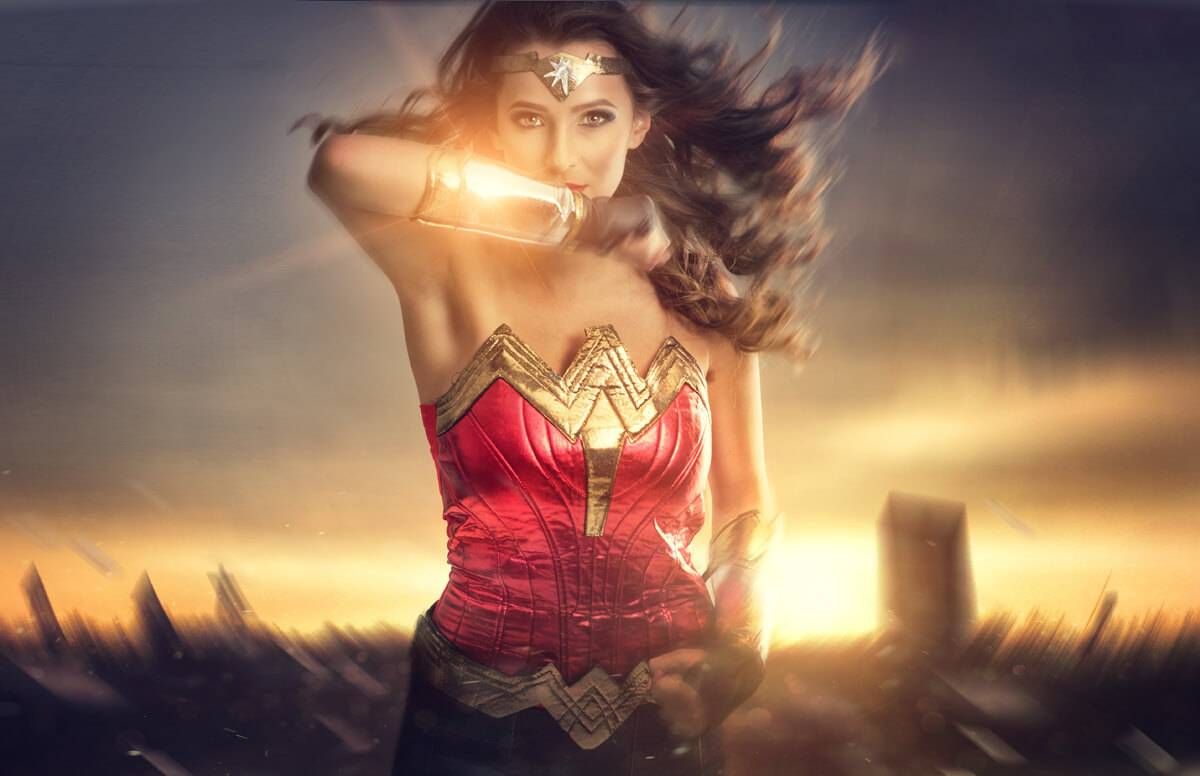What It’s Like to Have Grown Up Without ‘Wonder Woman’
A lack of superheroines shapes the memories of a female generation
Superheroes seem to be an enduring cultural zeitgeist, with a seemingly endless number of blockbuster films released one after the other about their adventures. From The Avengers and Black Panther to X Men and Justice League, comic book hero adaptations are now as popular among adults as with kids. According to the most recent MPAA Theatrical Market report, people over 50 go to fewer movies than 12 to 24-year-olds; however, BoxOffice Magazine’s data shows that 50+ moviegoers go to action and thriller films — which include your standard superhero flicks — at a very high rate.

Female Superheroes Are Box Office Draws
And interestingly, for the first time, powerful female superheroes appear to be a mainstay as parts of these supergroups — from the women warriors of Black Panther to Black Widow of The Avengers. Last summer’s Wonder Woman broke box office records, and its title character continues to appear in other Justice League movies with a Wonder Woman sequel scheduled for 2019.
Women superheroes may finally have broken the glass ceiling, giving a new generation a chance to envision strong women in action, saving the day. It’s hard for young women today to imagine their girlhood without women superheroes.
Of course, if you are a woman over 60, you probably have some idea.
'We Didn't Have Adventures Like That'
Several years ago, when I was a professor at the University of Minnesota, I was part of a research team (along with Sharon R. Mazzarella of James Madison University and Rebecca C. Hains of Salem State University) that conducted interviews with women born between 1920 and 1950 to learn about their childhood memories of media and popular culture. The women we interviewed all mentioned strong real-life females — mothers, sisters, aunts — who they identified as "heroes," but when considering media, most came up blank. Many said they loved and yearned for strong heroines and adventure stories but were hard-pressed to think of any heroines from popular media other than Little Orphan Annie, which was broadcast on radio from 1930 to 1942, and Nancy Drew, the mystery book heroine from 1930 to the present.
As Honey, who was born in 1942, said of Drew, “I really lived through her. You know, because we didn’t have adventures like that.”
Others in our research expressed a similar longing to live vicariously through heroes even more “super” than Drew.
Many women recalled listening to The Shadow and The Green Hornet on their families’ radios at night, but as Stella (born in 1944) said, “I don’t recall any of the characters speaking to me specifically as a girl." Winfred (born in 1936) mentioned enjoying Captain Midnight; Martha (born in 1929) loved Inner Sanctum. Mary (who was born in 1948 and had a TV in her home), said she liked “all the adventure stories on Mickey Mouse Club — like Spin and Marty and the Hardy Boys Adventures."
“Those stories were just about boys, and occasionally girls, I guess,” she said. “Maybe I was more interested in the boys because they were having the fun!”
Real-Life Heroines Saved the Day
But more often than not, these women said they turned to real-life women heroes to admire to make up for the dearth of fictional heroines.
Harriet, who was born in 1940, recalled reading fictionalized narratives about Native Americans. “Stories about Native American girls were of great interest to me,” she said, noting her mother was part Cherokee. “The bravery of young girls inspired me, and their values inspired me."
Clara Barton, the heroic Civil War-era nurse who later founded the American Red Cross, was mentioned by several interviewees as a person they read about. Similarly, historical figures like Joan of Arc and Marie Curie were held up as women whose “adventures” they admired as girls. And at least half of the women — all from different parts of the country and walks of life — cited pioneering aviator Amelia Earhart as a media figure whose adventures they followed in the newspaper and admired.
“Amelia Earhart was my first untouchable hero,” said Martha. “And I know when she took off on that final trip of hers around the world and was lost, my parents bought me a globe for the first time. I owned a globe and I was following her trek all the way across. I remember being very crushed when she disappeared.”
Seeing yourself in superheroes — whether real-life or fictional — matters, said Hains, my co-author for the study and author of the book, Growing Up With Girl Power: Girlhood on Screen and in Everyday Life, in a recent interview.
"The media have a socializing function. When the media associate certain types of roles and behaviors with certain categories of people, they are telling us stories about what is appropriate and inappropriate for those people," she said. "So in decades past, when there were no female superheroes on screen and all the superheroes were men, girls received a very different message about women’s power, authority and leadership potential than today’s girls do. Even though superheroes’ feats are fantastical, it matters whether viewers — especially young viewers — see someone like themselves represented on screen, in categories including both race and gender."

